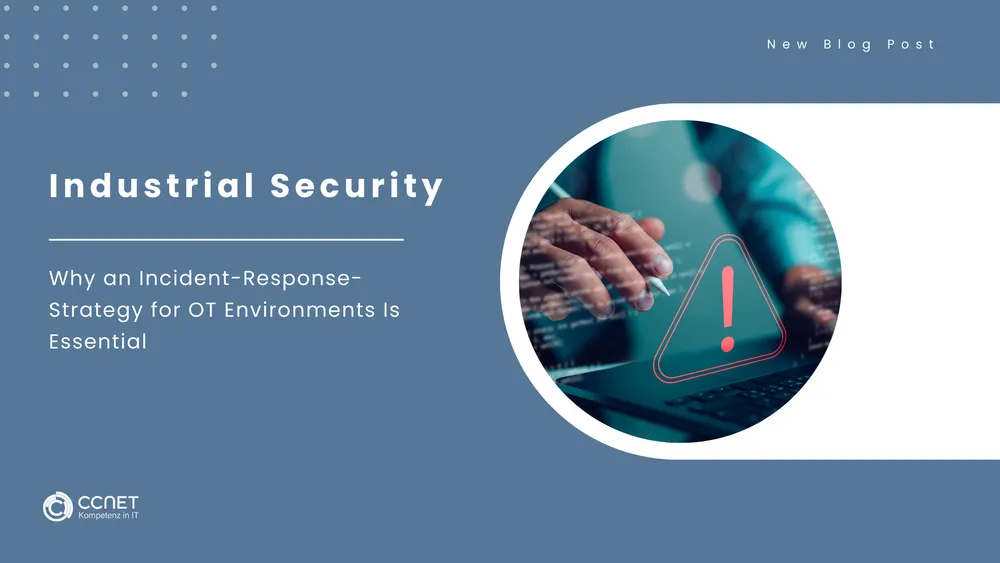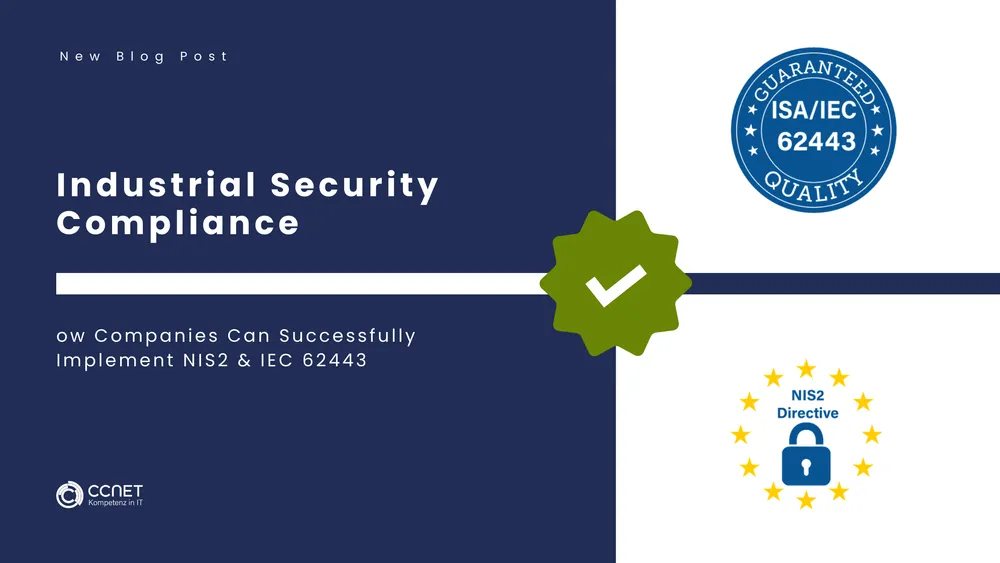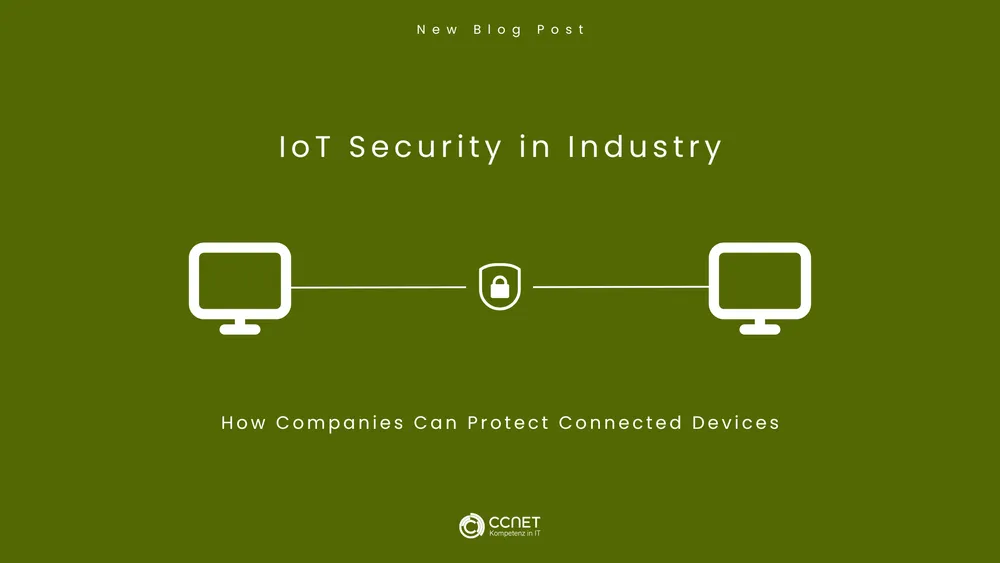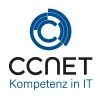
CCNet
May 12, 2025 • 2 min read
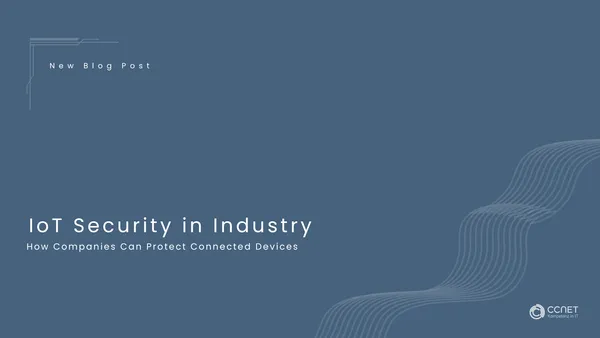
Industrial Security: Why IT and OTSecurity Must Be Considered Together
Industrial companies are increasingly digitalized – but this is exactly what makes them vulnerable.
Many companies have optimized their IT security measures over the years, but OT (Operational Technology) often remains unprotected. Production facilities, machine controls (PLC, SCADA), and IoT devices are targets that are not adequately covered by conventional IT Security solutions.
However, IT and OT security cannot be viewed separately. A Security gap in one area can jeopardize the entire company.
How can companies secure IT and OT in a common security strategy without disrupting production processes?
If you have any further questions, contact us: contact
Why are IT and OT different – yet closely connected?
IT Security protects corporate networks, servers, ERP systems, and user accounts.
OT security refers to industrial controls, machine communication, and production processes.
Main differences:
- IT systems are often flexible and can be patched regularly.
- OT systems are often decades-old machines that hardly receive Security updates.
- IT Security relies on firewalls & endpoint Security, OT on physical separation.
- IT can rely on quick response times, while OT requires stability.
But: Both systems are increasingly interconnected. Production facilities communicate with ERP systems, IoT sensors send data to IT platforms. This creates new attack surfaces.
Typical security vulnerabilities between IT and OT
Attacks via remote access
Many companies allow remote maintenance of production facilities via VPN or RDP – often unsecured.
Without multi-factor authentication (MFA), a stolen password can lead to complete loss of control.
Lack of Network segmentation
IT and OT are often not separated by firewalls, allowing Malware to spread unhindered.
An attack on an office email can extend to PLC or SCADA systems.
Unpatched control systems
Production facilities often run on outdated operating systems without Security updates.
Hackers exploit known vulnerabilities (e.g. EternalBlue in Windows XP-based PLC systems).
Insecure IoT and sensor networks
Many IoT devices come from the factory with default passwords and can be easily compromised.
Unencrypted data transmission allows eavesdropping on production data.
Conclusion: Without a holistic Security strategy, production remains vulnerable.
The solution: Protect IT & OT together – Best Practices for Industrial Security
Segment IT and OT networks with next-gen firewalls
Strict separation of IT & OT through dedicated firewalls & VLANs.
Only authorized data traffic between IT and production systems is allowed.
Access control with identity and authorization management (IAM)
Introduce multi-factor authentication (MFA) for all remote access.
Only verified users may gain access to critical control systems.
Integrate SIEM & real-time monitoring for IT & OT
Security Information & Event Management (SIEM) for early detection of anomalies.
Intrusion detection systems (IDS) to monitor network traffic in OT networks.
Improve protection for IoT & sensor networks
Implement secure authentication for all connected devices.
Employ data encryption for machine communication.
Conduct regular audits & Penetration tests for IT & OT
Vulnerability analysis for industrial control systems.
Hardening of IT and OT systems according to NIS2 & IEC 62443.
Conclusion: IT & OT Security must be considered together
Cyberattacks on Industrial companies are on the rise – only an integrated strategy protects production & IT.
Network segmentation, access controls & real-time monitoring are essential.
Industrial Security must be viewed as one unit to be prepared against modern threats.
Visit us at SPS Parma and find out how to secure IT & OT together!
